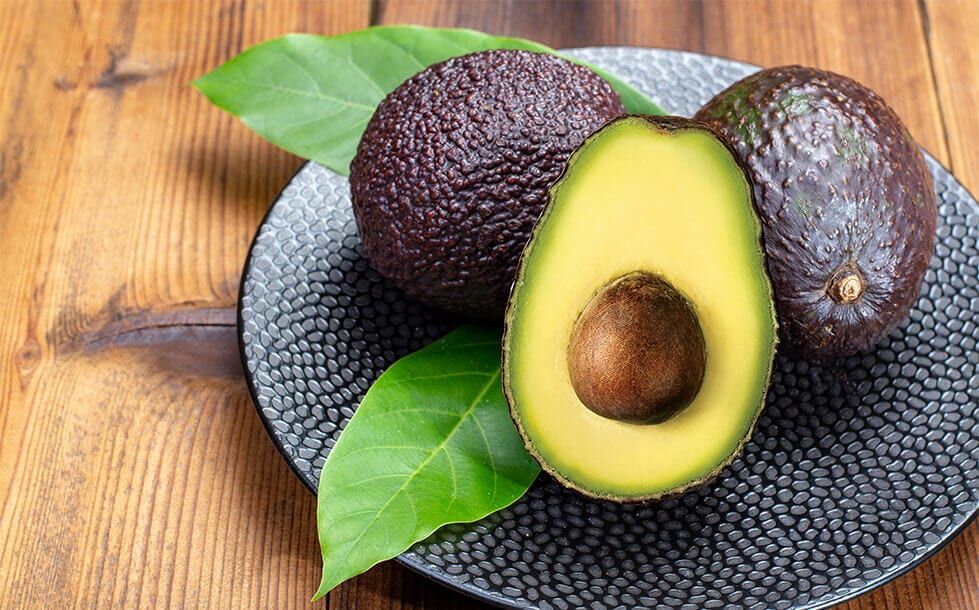Mexican avocado exports to China require a marketing strategy, said Sergio Ley, president of the Section for Asia and Oceania of the Mexican Council for Foreign Trade (Comce).
With a year-on-year drop of 37.5%, Mexican avocado exports to the Chinese market totaled 12 million dollars in 2020.
Therefore, these external sales are less than half of their historical maximum reached in 2015, when they were for 25 million dollars,
More recently, the trend has been downward: in 2018 they totaled $ 32 million and the following year they were for $ 19 million.
Ley commented that many people in China do not know how to eat avocado
For example, some may think that it is eaten straight off the shelf, not knowing that it is hard and not yet edible.
«If no one explains, that person is going to be very disappointed,» Ley emphasized.
Mexican avocado
Around the world, avocado exports from Mexico grew in terms of value and volume in the first quarter of 2021, according to data from the Bank of Mexico.
Similarly, Ley considered that avocado oil can be exported to China if its benefits are disseminated, both in the cosmetics and food industries.
«It is necessary to create the conditions so that we can export with greater added value,» said Ley.
Ley put guacamole as a third case, a product that in China almost no one knows what it is, how it is eaten or what it means.
Market
The price of avocados is dependent on supply, and oversupply can lead to price competition in the industry.
Likewise, growing conditions in various parts of the world, particularly climatic conditions such as wind storms, floods, droughts, forest fires and frosts, as well as diseases and pests, are primary factors that affect market prices due to their influence on supply and product quality.
Also the price of avocado depends on the quality.
Fresh produce is highly perishable and generally must be brought to market and sold shortly after harvest.
In general, according to the Mission Produce company, changes in consumer preferences that can affect demand are the result of a number of factors, including:
- Diet trends.
- Attention to particular nutritional aspects.
- Concerns regarding the health effects of particular products.
- Attention paid to product sourcing practices.
- General public perception of food safety risks.
![]()

